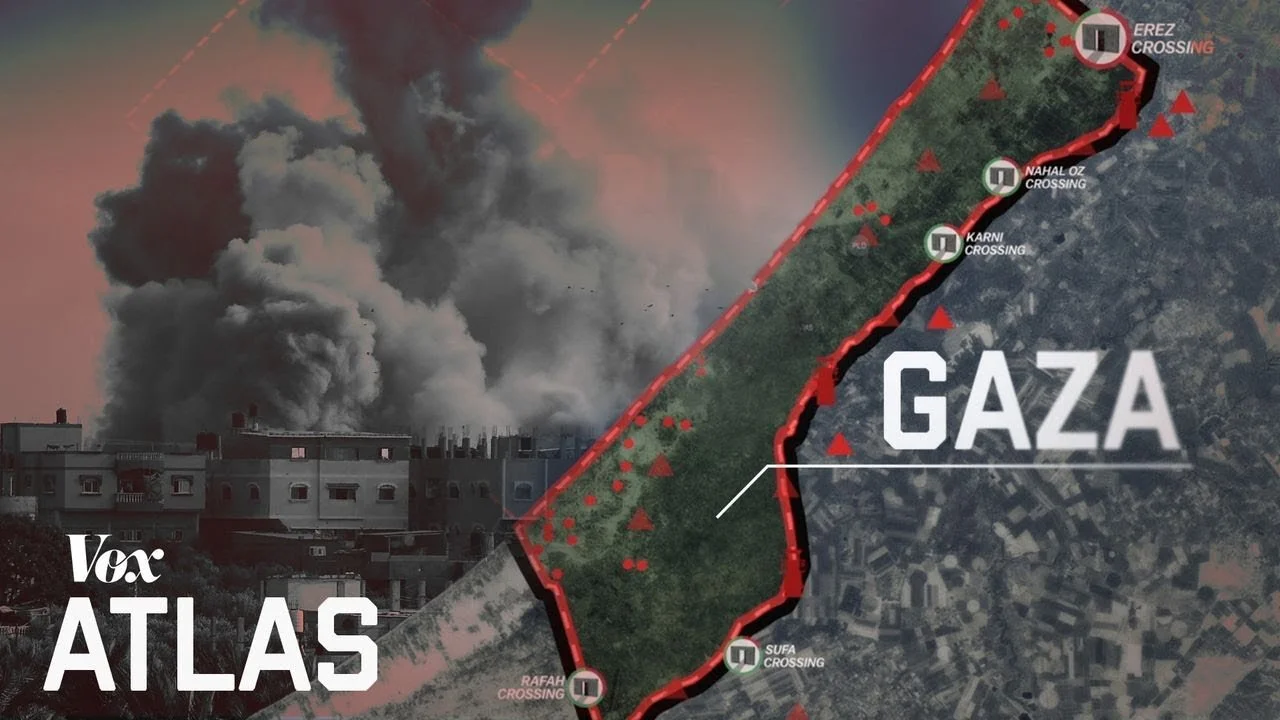A Segregated Ghetto Under Siege
Israel has strategically severed the Gaza Strip from the rest of Palestine. Travel between the West Bank and Gaza has been very difficult since the 1990s, and now it is virtually impossible for the general public. The situation worsened following the military siege by Israel after Hamas took control of the Strip in 2007. For the first time since the establishment of the Palestinian Authority, the West Bank and Gaza Strip were politically separated.
Gaza has been transformed into a ghetto, besieged from most sides by Israel, with Egypt maintaining the siege from its end. The region has been subject to brutal assaults and wars, notably the 2008 and 2014 conflicts, which resulted in the deaths of thousands of Palestinians, including hundreds of children. These assaults have also turned Gaza into a testing ground for Israeli arms, often marketed as "battle-tested."
Originally a coastal enclave primarily comprising refugees ethnically cleansed during the Nakba, Gaza lacks the resources to support its dense population. The United Nations and other reports have warned that it is on the brink of becoming unlivable. Water aquifers are becoming poisoned, and civilian infrastructure is frequently destroyed by Israeli shelling and bombing.
Occupation in the West Bank
While both the Gaza Strip and the West Bank are under military occupation, the nature of this occupation varies significantly between the two. The Gaza Strip experiences a long-range occupation maintained through siege, aerial, and artillery bombardment. In contrast, the West Bank faces the daily presence of an occupying military and policing force.
This difference in occupation styles leads to distinct context-specific effects. Arrests and detentions are more common in the West Bank, whereas home demolitions due to war and bombing are more prevalent in the Gaza Strip. Although both regions suffer from violence and destruction, the contrast is significant.
All aspects of life in the West Bank are controlled by Israel, either directly or indirectly through the Palestinian Authority. Settlements continue to expand, housing over 600,000 settlers with ongoing annexation plans. The proposed annexation of areas like the Jordan Valley has gained traction in Israeli politics, further entrenching the occupation.

